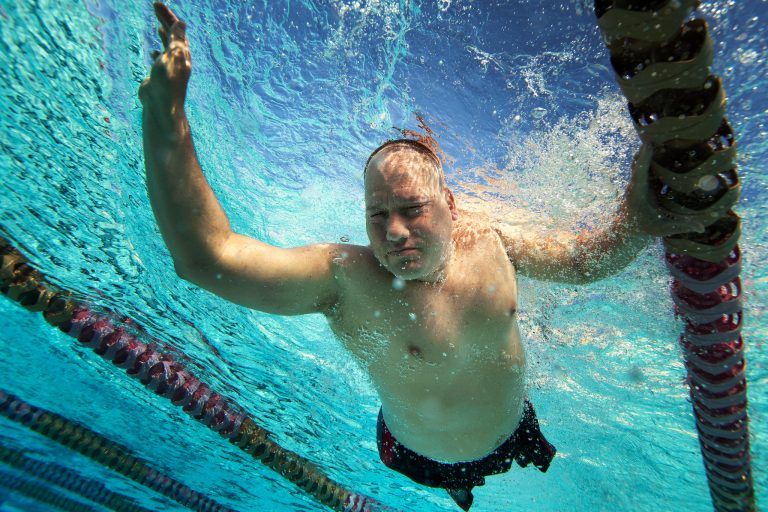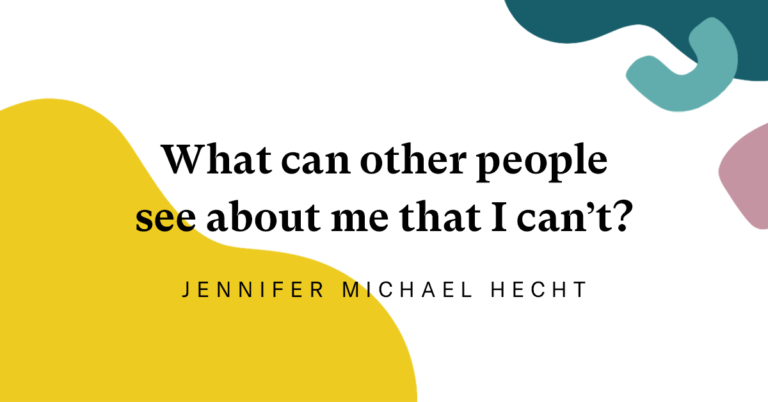
Image by Cpl. Tyler L. Main.
Beyond PTSD to “Moral Injury”
“I really don’t like the term ‘PTSD,’” Department of Veterans Affairs psychiatrist Dr. Jonathan Shay told PBS’ “Religion & Ethics Newsweekly” in 2010. “He says the diagnostic definition of “post-traumatic stress disorder” is a fine description of certain instinctual survival skills that persist into everyday life after a person has been in mortal danger — but the definition doesn’t address the entirety of a person’s injury after the trauma of war. “I view the persistence into civilian life after battle,” he says, “… as the simple or primary injury.”
Dr. Shay has his own name for the thing the clinical definition of PTSD leaves out. He calls it “moral injury” — and the term is catching on with both the VA and the Department of Defense.
We’re turning our attention to this idea of moral injury and the limits of the PTSD diagnosis to explore what happens to a person who has experienced combat.
There are no clean lines separating PTSD from moral injury (which is not a diagnosis) — there is no Venn Diagram, as with PTSD and traumatic brain injury but Dr. Shay explains a fundamental difference by using a shrapnel wound as an analogy.
“Whether it breaks the bone or not,” he says, “that wound is the uncomplicated — or primary — injury. That doesn’t kill the soldier; what kills him are the complications — infection or hemorrhage.”
Post-traumatic stress disorder, Dr. Shay explains, is the primary injury, the “uncomplicated injury.” Moral injury is the infection; it’s the hemorrhaging.
PTSD in service members is often tied to being the target of an attack — or being close in relationship or proximity to that target.
Moral injury, Dr. Shay says, can happen “there is a betrayal of what’s right by someone who holds legitimate authority in a high-stakes situation.”
That person who’s betraying “what’s right” could be a superior — or that person could be you. Maybe it’s that you killed somebody or were ordered to kill. Or maybe it was something tragic that you could have stopped, but didn’t. Guilt and shame are at the center of moral injury. And, as Dr. Shay describes it, so is a shrinking of what he calls “the moral and social horizon.” When a person’s moral horizon shrinks, he says, so do a person’s ideals and attachments and ambitions.
I first came across Dr. Shay’s name — and his concept of moral injury in combat veterans — in a heart-smashing profile of Noah Pierce published by the formidable Virginia Quarterly Review.
“The Life and Lonely Death of Noah Pierce” tells the story of an Iraq War veteran from Sparta, Minnesota, who shot himself in the head in 2007 at the age of 23.
From Ashley Gilbertson’s profile of Pierce:
“When Noah went missing in July 2007, after a harrowing year adjusting to home following two tours in Iraq, police ordered a countywide search. His friend Ryan Nelson thought he might know where to look. When he pulled up to the spot, he immediately recognized Noah’s truck. Inside, Ryan found his friend slumped over the bench seat, his head blown apart, the gun in his right hand. Half a bottle of Jack Daniel’s Special Blend lay on the passenger seat, and beer cans were strewn about. On the dash lay his photo IDs; he had stabbed each photo through the face. And on the floorboard was the scrawled, rambling suicide note. It was his final attempt to explain the horrors he had seen — and committed.”
Gilbertson told Noah’s story to Jonathan Shay. Again, from the article:
“Shay, a psychiatrist who has worked with combat vets for twenty years and authored two books about PTSD — or psychological and moral injury, as he insists it should be known — told me by phone from his Newton, Mass., office, ‘It’s titanic pain that these men live with. They don’t feel that they can get that across, in part because they feel they deserve it, and in part because they don’t feel people will understand it.’
‘Despair, this word that’s so hard to get our arms around,’ he said. ‘It’s despair that rips people apart [who] feel they’ve become irredeemable.’
I told Dr. Shay about Noah’s experiences in Iraq, in particular the killing, the loss of comrades, the nightmares. He sounded saddened on the phone, but unsurprised. ‘The flip side of this fellow’s despair was the murderous rages he experienced on his second tour,’ he said. ‘In combat, soldiers become each other’s mothers. The rage, need for revenge, and self-sacrificial commitment toward protecting each other when comrades are killed [are] akin to when a mother’s offspring are put in danger or killed.’
Dr. Shay explained the nightmares and sleeplessness were one of the major issues. ‘The lack of sleep contributed directly to a loss of control of his own anger, a loss of control of things he felt morally responsible for.’”
Treating moral injury in combat veterans, Dr. Shay said in the PBS interview, happens not in the clinic, but in the community.
“Peers are the key to recovery — I can’t emphasize that enough. Credentialed mental health professionals like me have no place in center stage. It’s the veterans themselves, healing each other, that belong at center stage. We are stagehands — get the lights on, sweep out the gum wrappers, count the chairs, make sure it’s a safe and warm enough place…”
He doesn’t write off clinical care, though he does disparage “cookie-cutter treatments.”
“We’re certainly doing a lot of things,” he says, “but whether we’re actually preserving vets’ capacity to have a flourishing life after war, I don’t know. I just don’t know.”


Share your reflection